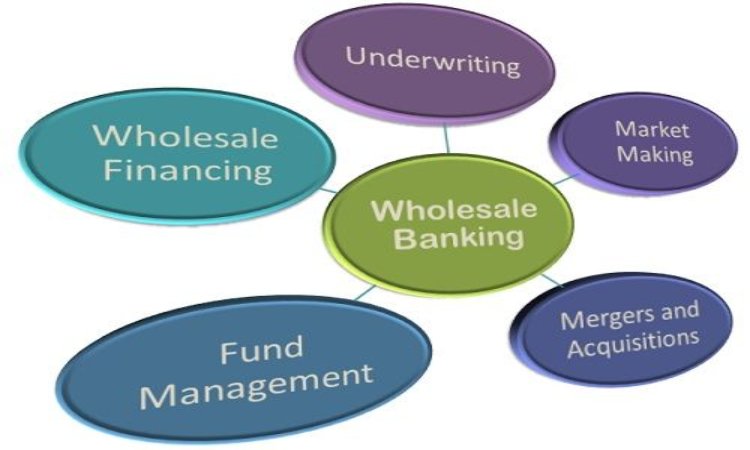In a country where motor vehicles account for nearly 80% of all passenger transport and serve as critical enablers for work, education, and mobility, owning a vehicle is no longer just a convenience—it’s a necessity. Yet, the high upfront cost of a car, bike, or commercial vehicle remains a significant barrier for many.
This is where vehicle loans come in. From salaried individuals to self-employed professionals, access to structured auto financing helps millions afford vehicles while preserving liquidity.
This article breaks down what vehicle loans in India offer, who can access them, how EMI is calculated, and how to evaluate the right option for your needs.
What Do Vehicle Loans in India Offer?
Vehicle loans are secured credit products offered by banks, NBFCs, and specialized auto financiers to help individuals or businesses purchase new or used vehicles. The vehicle itself acts as collateral, and repayment is structured in EMIs (Equated Monthly Installments).
Vehicle loans are offered for:
- Two-wheelers (motorcycles, scooters, electric bikes)
- Four-wheelers (cars—both new and pre-owned)
- Commercial vehicles (trucks, autos, vans, buses)
- Electric Vehicles (EVs), often with special incentives and lower rates
Depending on the lender and borrower profile, vehicle loans can fund up to 95% of the on-road price, covering ex-showroom cost, registration, insurance, and accessories.
Who is Eligible for a Vehicle Loan?
Eligibility varies slightly across lenders, but the core parameters remain consistent:
- Age: 18 to 60 years (salaried)
- Employment: Salaried individuals, self-employed professionals, business owners
- Credit Score: Preferred CIBIL score of 700+ for best rates
- Vehicle Ownership: The vehicle must be registered in the borrower’s name (Source)
Quick Tip: Salaried individuals with salary credits in reputed banks or existing relationships with lenders may qualify for pre-approved loans with faster processing.
How Much Loan Can You Get?
The Loan-to-Value (LTV) ratio depends on the vehicle and the borrower’s profile:
- Two-wheelers: Up to 95% of on-road price
- New cars: 80%–100%
- Used cars: 60%–80%
- Commercial vehicles: 75%–95%
Most lenders cap maximum LTV based on risk, vehicle age, and borrower profile.
How is EMI Calculated?
The standard EMI formula is:
EMI = [P × R × (1+R)^N] / [(1+R)^N – 1]
Where:
- P = Principal loan amount
- R = Monthly interest rate
- N = Loan tenure in months
Example:
A ₹5 lakh loan at 10% interest for 5 years gives an EMI of ₹10,624 approx.
Use online EMI calculators from banks to visualize your EMI plan before applying.
Common Pitfalls to Avoid
- Focusing only on EMI: A lower EMI may mean higher total interest.
- Not comparing lenders: Interest rates and processing fees vary.
- Ignoring credit score: A score below 650 can mean loan rejection or higher costs.
- Bundled insurance: Always verify premium breakdown before accepting dealer packages.
Choosing the Right Vehicle Loan: What to Consider
Before applying, assess the following:
- Purpose: Personal commute, family use, or commercial income?
- Repayment ability: Ensure EMI fits your cash flow (ideally <40% of net income).
- Down payment: Larger down payments mean better terms.
- Tenure vs. total interest: Strike a balance for long-term affordability.
- Lender reputation: Evaluate digital experience, support, and processing speed.
Pro Tip: Banks like Ujjivan Small Finance Bank offer curated vehicle loan products, especially in the two-wheeler and electric-three wheeler segment.
Final Thoughts
Vehicle loans in India are more accessible, transparent, and customizable than ever. With digital processing, EV incentives, and special lender offers, now is a great time to turn your vehicle dreams into reality—without compromising on financial stability.
That said, responsible borrowing is key. Understand your EMI structure, avoid impulsive upgrades, and prioritize credit health. With the right financing partner, your loan doesn’t just fund a vehicle—it powers your freedom.


